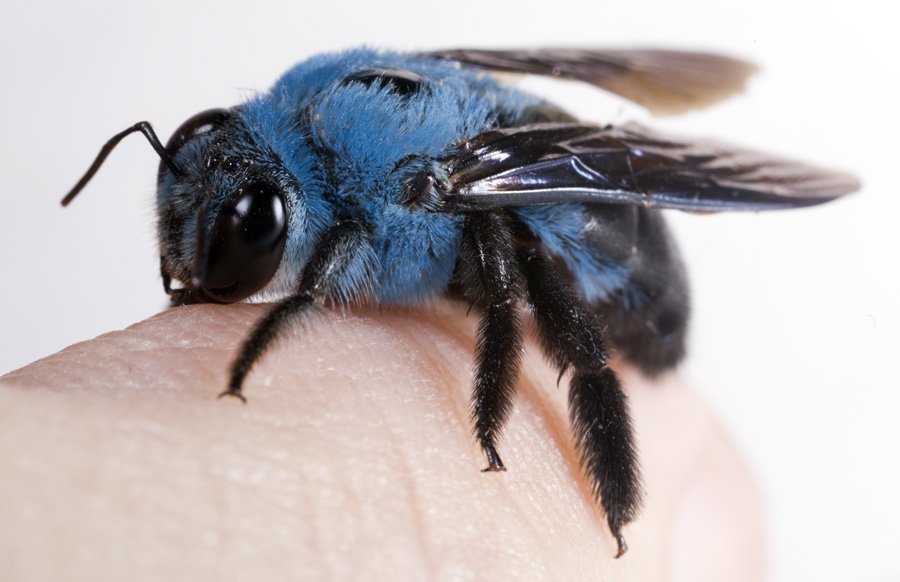
The blue beauty with an impressive coat of fuzz
We’re so used to seeing honey and bumble bees that you could be forgiven for assuming bees only came in yellow and black.

We’re so used to seeing honey and bumble bees that you could be forgiven for assuming bees only came in yellow and black.
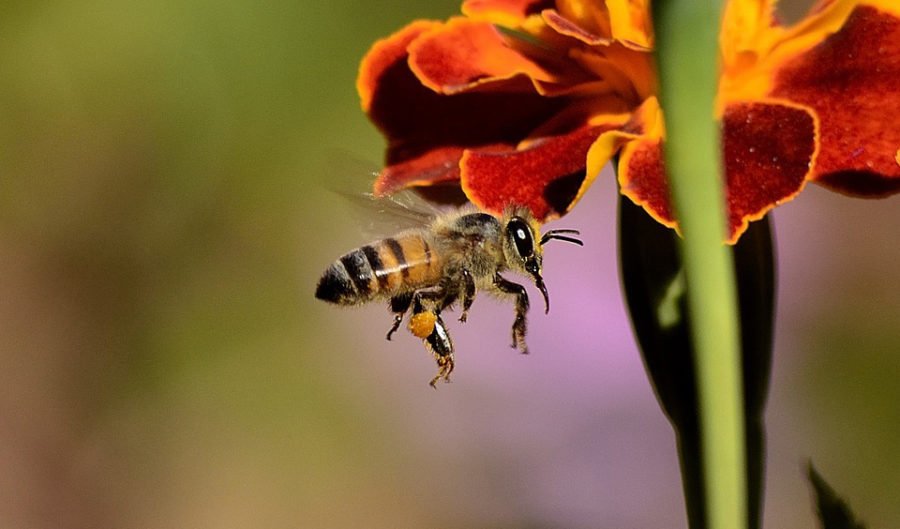
Public pressure is growing in Australia to ban the sale of pesticides called neonicotinoids because of their harmful effects on bees.
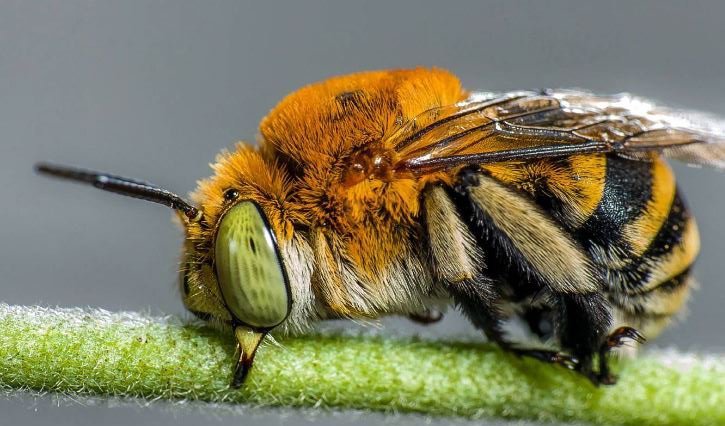
Yet another new species of teddy bear bee has been discovered in northern Queensland during a ‘bush blitz’ of the area.
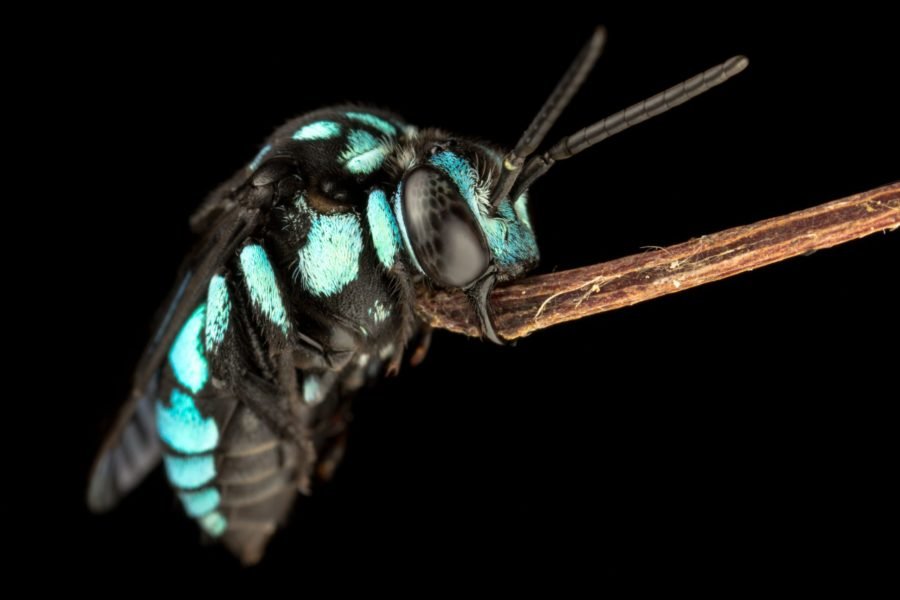
With camera in hand, insect photographer James Dorey travelled the country capturing the diversity of our native bees up close.
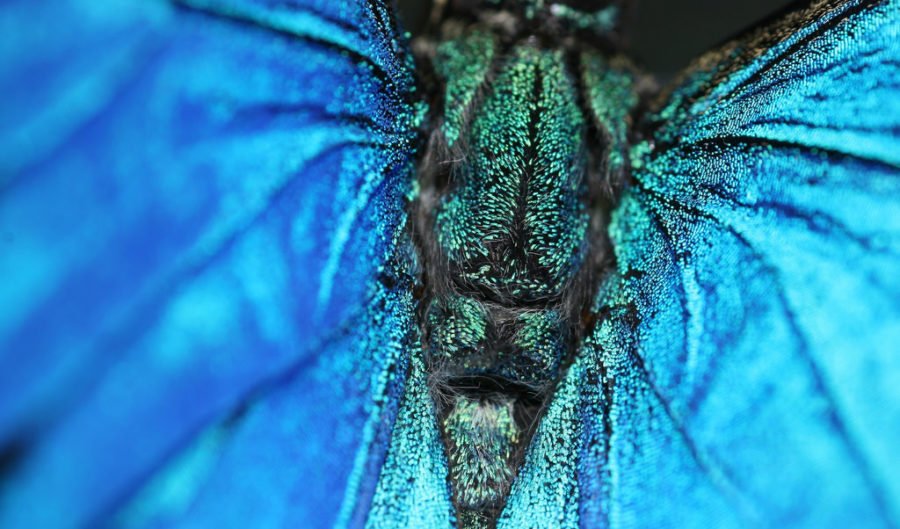
Aussie animals don’t often sport shades of blue, but when they do it’s usually due to some kind of trickery.
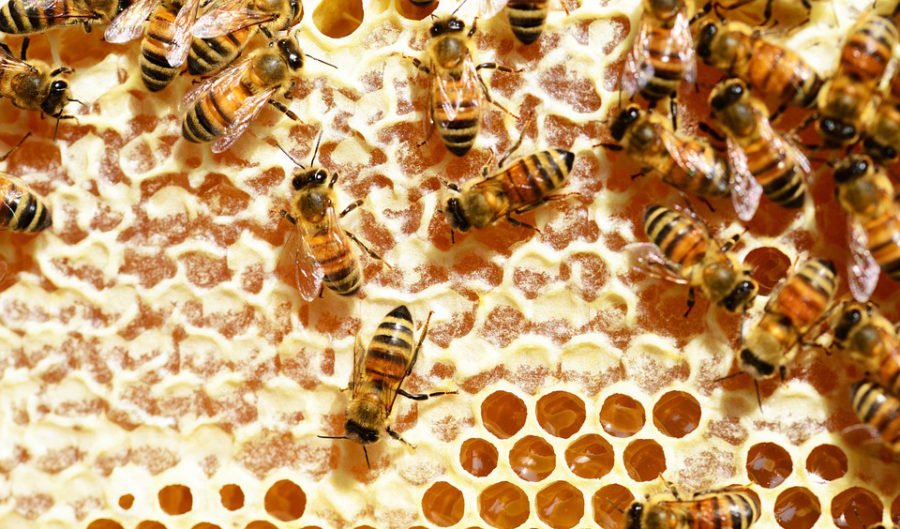
Research published today found that neonicotinoids have negative effects on honey bees and wild bees. But the results are mixed and far from conclusive.
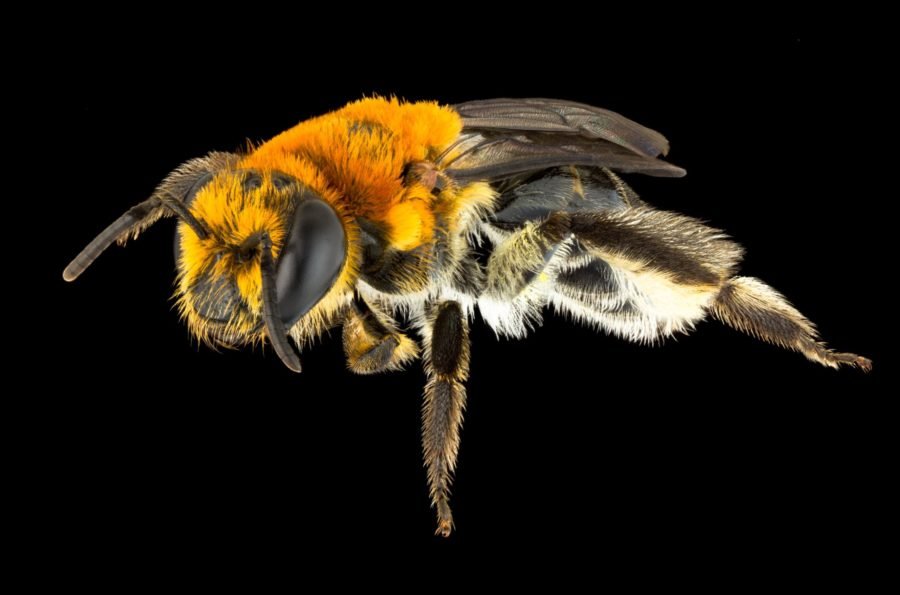
With camera in hand, insect photographer James Dorey traveled the country capturing the diversity of our native bees up close.
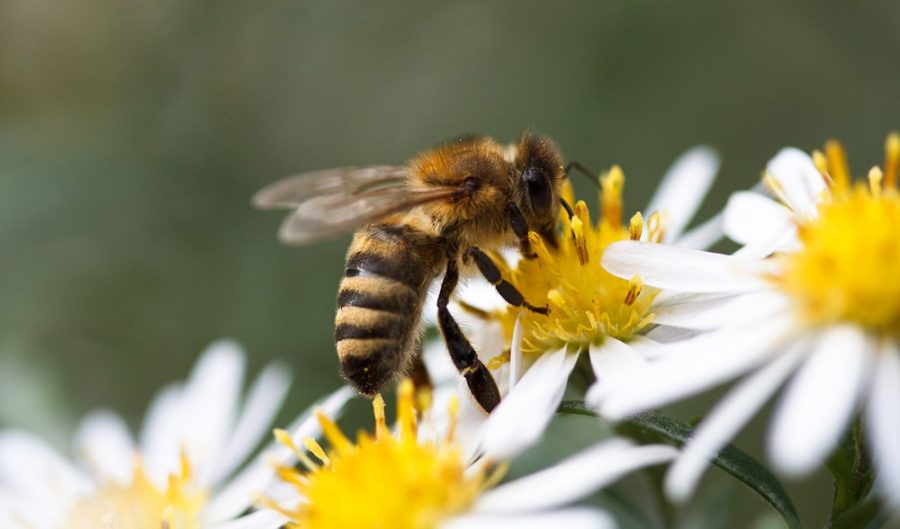
Bees and wasps were responsible for a third of all hospitalisations due to stings and bites during 2000-2013, according to a new report.
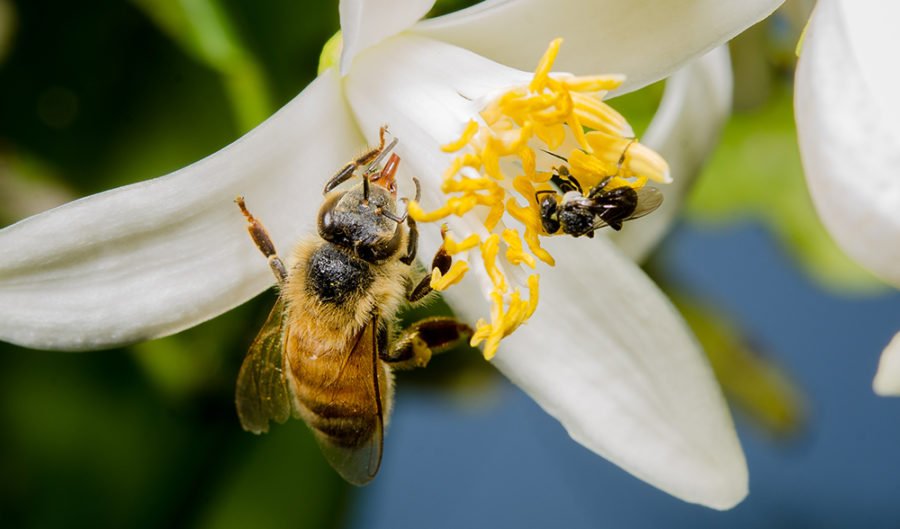
Native pollinators are being overlooked in favour of the well-known honey bee, according to new research.
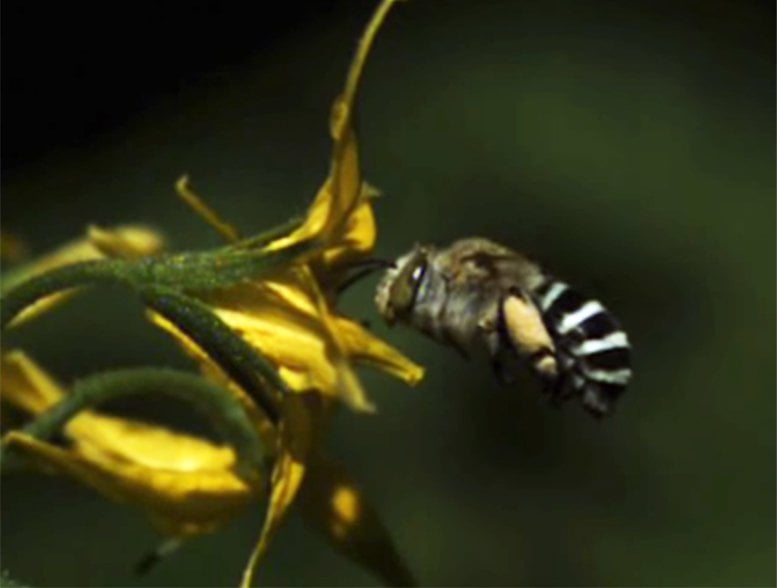
We’re all familiar with the sight of a bee burying its head in a flower, but what actually happens in those moments before it re-emerges, covered in pollen?